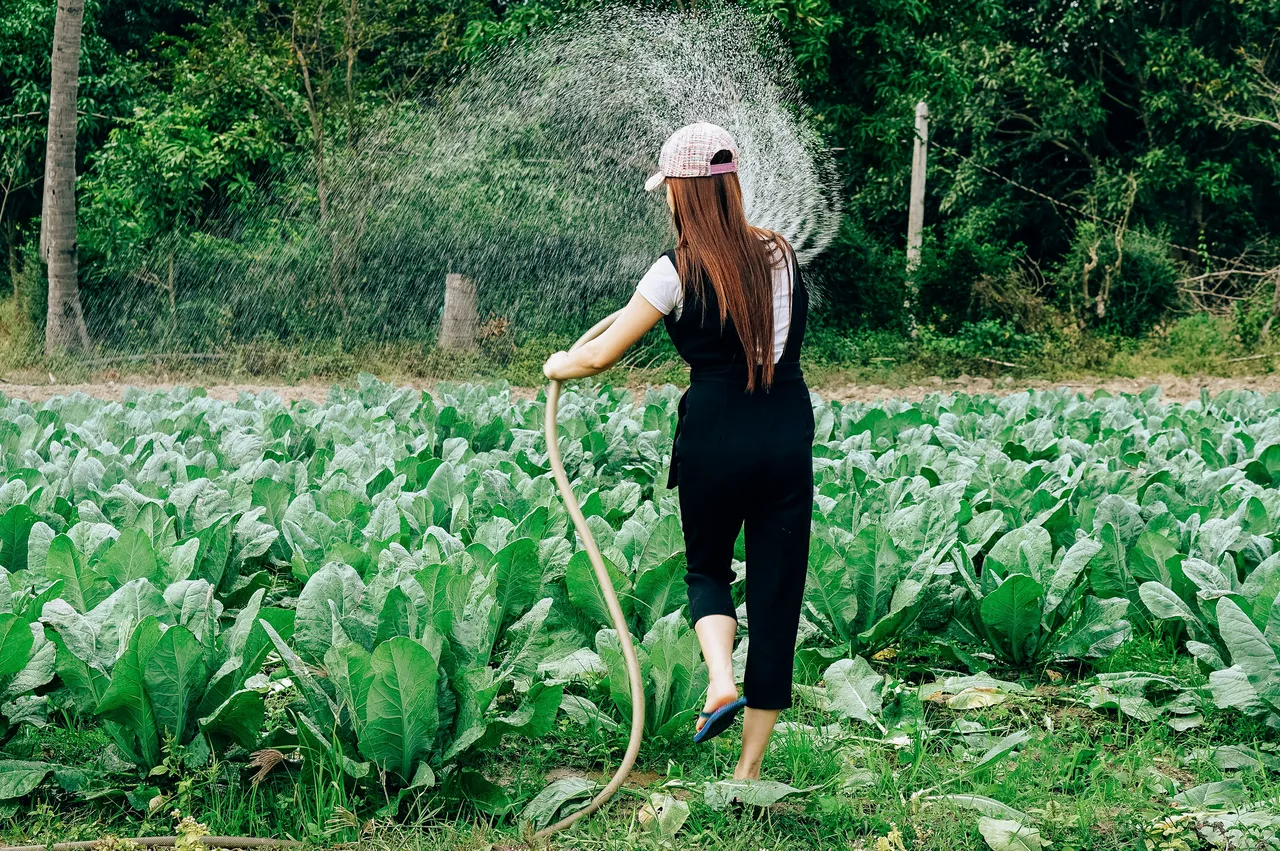
Image info
Companion Planting for Beginners: How to Get Started and Common Mistakes to Avoid
Gardening can be a rewarding experience, but for beginners, it often comes with its own set of challenges. Have you ever wondered how some gardeners seem to have a magic touch, producing lush vegetables and vibrant flowers? One of the secrets to their success may lie in a technique known as companion planting. This method involves growing different plants together for mutual benefits, enhancing growth, deterring pests, and maximizing your garden space. Let’s explore the essentials of companion planting, its benefits, and common mistakes to avoid.
What is Companion Planting?
Companion planting is the practice of growing two or more plant species close together for their mutual benefit. For example, think about the classic pairing of tomatoes and basil. Basil not only enhances the flavor of tomatoes but also helps keep pests away from them. This relationship is what makes companion planting such a valuable technique for gardeners.
Benefits of Companion Planting
Companion planting offers several advantages that can significantly improve your gardening experience. It can help with pest control, as certain plants naturally repel pests or attract beneficial insects that help manage pest populations. For instance, marigolds are known to deter aphids and nematodes, making them a great companion for many vegetables.
Additionally, companion planting can improve plant health. By planting compatible species together, you can enhance the overall health of your garden. For example, beans add nitrogen to the soil, which benefits neighboring crops like corn. This natural fertilization is one of the many ways companion planting promotes a thriving garden.
Another benefit is better pollination. Some plant combinations can attract pollinators, ensuring a bountiful harvest. When flowers are planted alongside vegetables, they can draw in bees and other beneficial insects that help with pollination.
Finally, companion planting can enhance the flavor of your crops. Pairing plants like tomatoes with basil not only supports growth but also improves the taste of the tomatoes, making your dishes even more delicious. Research supports these benefits, showing that companion planting can lead to healthier plants and increased yields. Studies have demonstrated that well-planned plant pairings can reduce the need for chemical pesticides and fertilizers, promoting a more sustainable gardening approach. For more detailed information on the benefits of companion planting, you can refer to resources from Epic Gardening and The Old Farmer's Almanac.
Common Companion Plant Pairings
When considering companion plant pairings for your garden, think about how different plants can support each other. For instance, beans and corn make a great duo. Corn provides support for climbing beans, while beans enrich the soil with nitrogen, benefiting the corn.
Another effective pairing is marigolds with various vegetables. Marigolds not only repel pests but also enhance the overall health of your garden. Carrots and onions also work well together, as this combination helps deter carrot flies while maximizing space efficiently.
Basil and tomatoes are another classic combination. Basil enhances the flavor of tomatoes and acts as a deterrent to pests like whiteflies and aphids. Finally, cucumbers and nasturtiums can work together, as nasturtiums deter cucumber beetles while attracting beneficial insects. By incorporating these pairings into your garden, you can create a thriving ecosystem that supports plant health and productivity.
Common Mistakes to Avoid
As you embark on your companion planting journey, be mindful of common mistakes that can hinder your success. One frequent error is ignoring plant spacing. Not providing enough space can lead to competition for sunlight, water, and nutrients. Ensure that each plant has enough room to grow without overshadowing its neighbors. For instance, a beginner who planted tomatoes too close together found that their plants struggled to thrive due to insufficient light.
Another mistake is planting incompatible species. Some plants inhibit the growth of others. For example, beans should not be planted near onions, garlic, or leeks due to chemical interactions that can stunt bean growth.
Additionally, misconceptions about pest control can lead to disappointment. While companion planting can reduce pest damage, it is not a foolproof method. Always consider additional pest management strategies to protect your garden. Lastly, overlooking plant needs can result in poor growth. Each plant has specific light, water, and nutrient requirements, and ignoring these needs can lead to reduced yields.
By being aware of these pitfalls, you can avoid common errors and set your garden up for success.
Getting Started with Companion Planting
If you're ready to give companion planting a try, here are some practical tips to help you get started. First, choose easy plants that are known to thrive together, such as tomatoes and basil or beans and corn. Next, plan your layout by considering the space you have available and how different plants will interact. Use companion planting charts to guide your decisions.
Preparing your soil is also important. Healthy soil is the foundation of a successful garden, so ensure your soil is rich in nutrients and well-drained. Don’t be afraid to experiment and observe what works best in your garden. Keep notes on your successes and challenges to refine your approach over time.
Finally, seek resources to enhance your knowledge. Utilize gardening books, websites, and local gardening groups for additional guidance and support. Engaging with a community can provide valuable insights and encouragement as you embark on your gardening journey.
Conclusion
Companion planting is a valuable technique for beginners looking to enhance their gardening experience. By understanding the benefits and avoiding common mistakes, you can create a flourishing garden that not only produces healthy plants but also fosters a thriving ecosystem. So grab your seeds, plan your pairings, and embark on your companion planting journey today! For more resources, consider checking out local gardening clubs or online forums where you can share experiences and learn from fellow gardeners.
This article was developed using available sources and analyses through an automated process. We strive to provide accurate information, but it might contain mistakes. If you have any feedback, we'll gladly take it into account! Learn more

